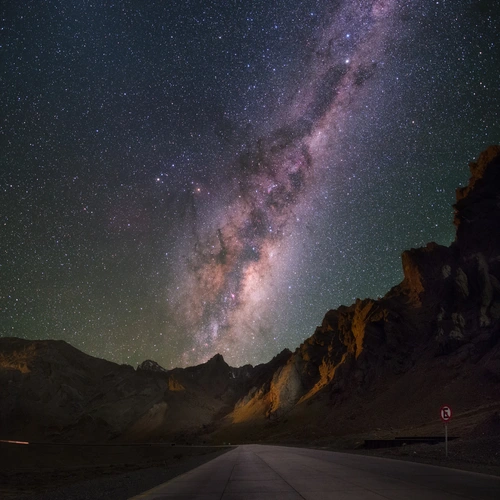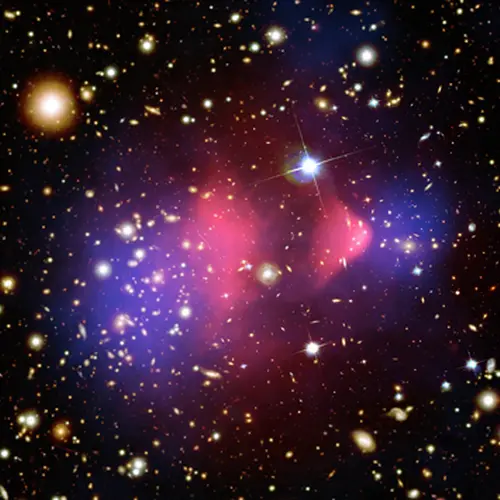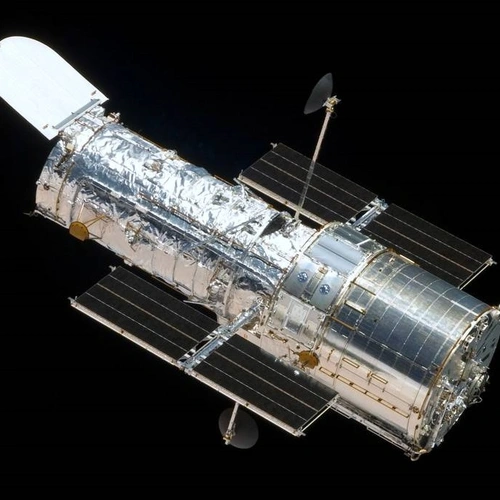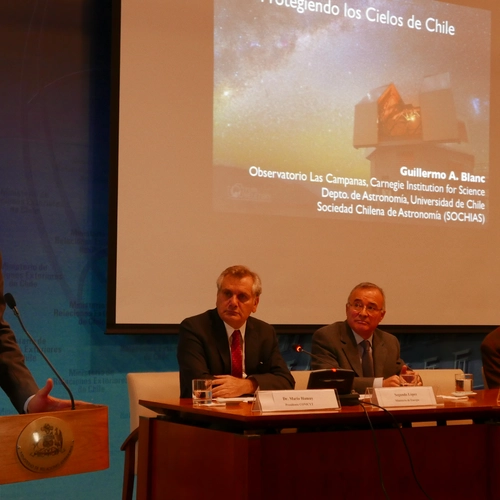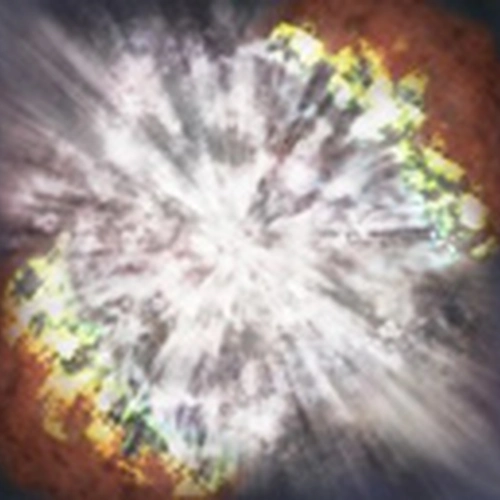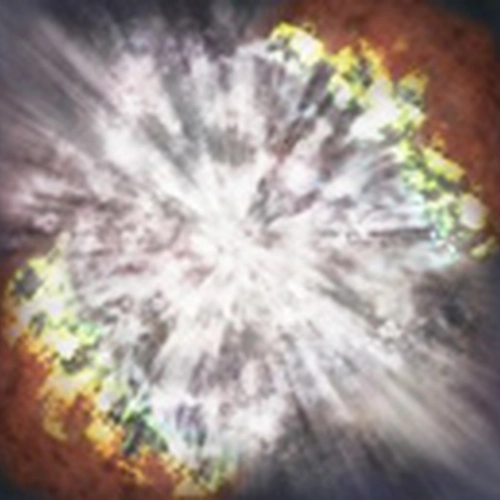Overview
From 2006 to 2017 Phillips served as the Associate Director for Magellan, and from 2014 to 2017 he was the interim LCO Director. He is a world-renowned supernova expert.
Most stars die quietly by cooling down and “turning off” when they have exhausted their nuclear fuel, but a few stars end in a gigantic thermonuclear explosion known as a supernova. These objects remain extremely bright for a few weeks, sometimes outshining the galaxies in which they reside. Their extreme brightness at maximum makes them potentially powerful “standard candles” — baselines for probing distances, geometry, and expansion of the universe.
Type Ia supernovae are especially attractive. Thought to be the complete thermonuclear disruption of a small, very dense stellar remnant called a white dwarf, they are highly uniform. And because of their immense luminosity at maximum light (up to 10 billion times that of the Sun), they can be observed at great distances. Phillips wants to understand the role they have in the evolution of the universe, and to determine how they can be used as standard candles for measuring distance.
Phillips has shown that Type Ia supernovae can be used as standard candles because of a tight correlation between the rate of decline from maximum light and peak luminosity. Phillips and collaborators have extended their supernovae observations to the infrared and found that Type Ia supernovae exhibit a much smaller range of luminosities at these wavelengths, making them nearly perfect standard candles. Particularly important is that in infrared the absorption of the supernova light due to dust is negligible.
Phillip joined a two-part, 5-year project called the Carnegie Supernova Program (CSP). The team is obtaining light curves—how light varies over time—of some 100 nearby Type Ia supernovae in the optical and infrared. This sample will provide a comparison for the second component of the project—near-infrared observations of about 50 very distant—known as high-redshift (0.3 < z < 0.7) —Type Ia supernovae. The goal is to measure the expansion history of the universe at different distances for a new measurement of the acceleration of the universe, which should provide clues to the nature of the mysterious dark energy that is driving the acceleration.
Type Ia supernovae are especially attractive. Thought to be the complete thermonuclear disruption of a small, very dense stellar remnant called a white dwarf, they are highly uniform. And because of their immense luminosity at maximum light (up to 10 billion times that of the Sun), they can be observed at great distances. Phillips wants to understand the role they have in the evolution of the universe, and to determine how they can be used as standard candles for measuring distance.
Phillips has shown that Type Ia supernovae can be used as standard candles because of a tight correlation between the rate of decline from maximum light and peak luminosity. Phillips and collaborators have extended their supernovae observations to the infrared and found that Type Ia supernovae exhibit a much smaller range of luminosities at these wavelengths, making them nearly perfect standard candles. Particularly important is that in infrared the absorption of the supernova light due to dust is negligible.
Phillip joined a two-part, 5-year project called the Carnegie Supernova Program (CSP). The team is obtaining light curves—how light varies over time—of some 100 nearby Type Ia supernovae in the optical and infrared. This sample will provide a comparison for the second component of the project—near-infrared observations of about 50 very distant—known as high-redshift (0.3 < z < 0.7) —Type Ia supernovae. The goal is to measure the expansion history of the universe at different distances for a new measurement of the acceleration of the universe, which should provide clues to the nature of the mysterious dark energy that is driving the acceleration.
CV
- Ph.D. in Astronomy, University of California, Santa Cruz
- A.B., San Diego State University

